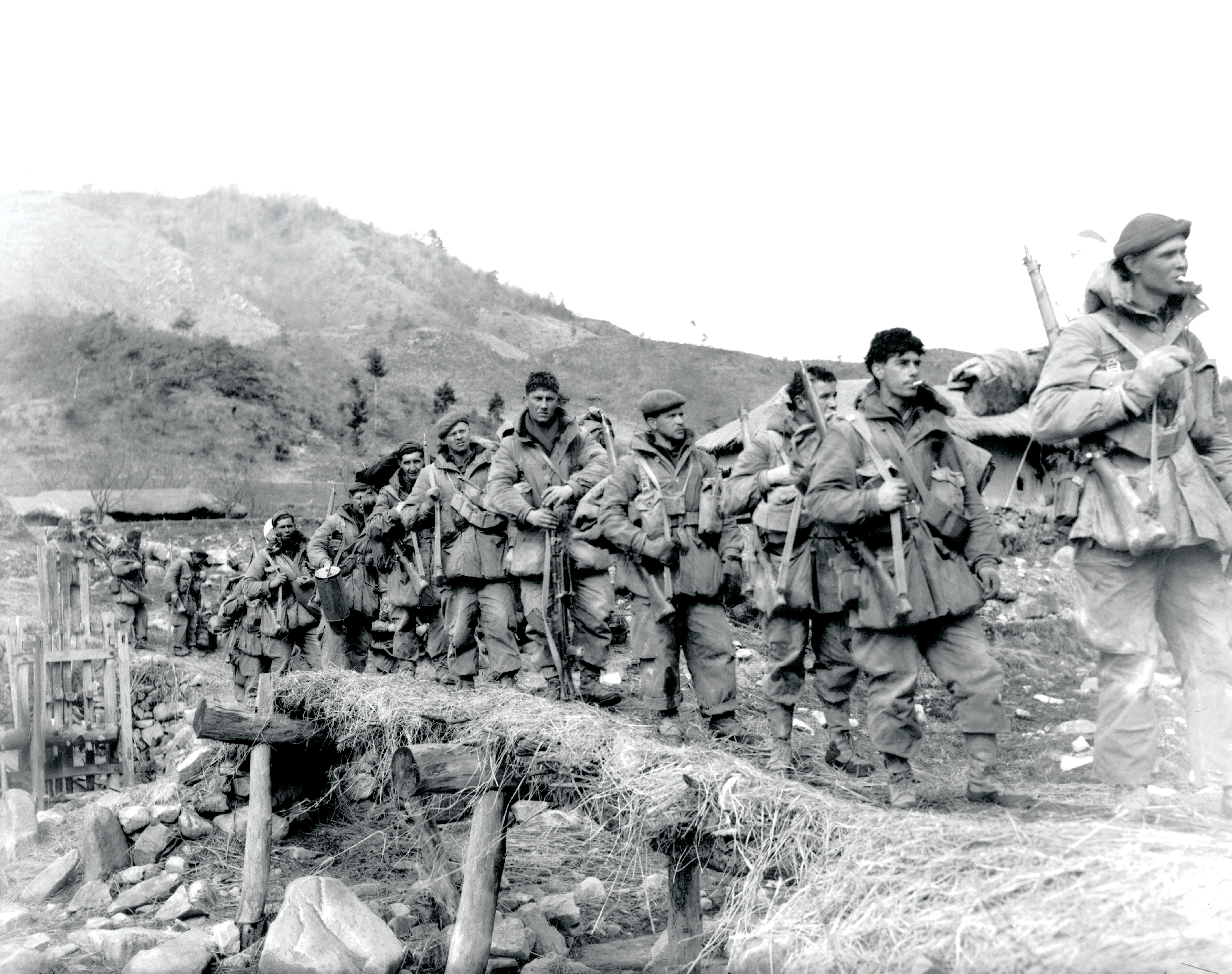
The battle was a turning point in the Korean War.
The Chinese had retreated past the 38th parallel, luring the South Korean and United Nations forces into a vulnerable position.
On April 22, 1951, the South Koreans faced a major attack and were nearly overrun and forced to retreat. UN forces had to protect that withdrawal through the Kapyong River valley, in central Korea about 20 kilometres south of the 38th parallel.
The Patricias and the Royal Australian Regiment were holding hilltop positions on either side of the valley when the Chinese began their attack on these vantage points on April 23. The Australians were hit first and as they fought, the Patricias dug in on Hill 677.
The Australians were forced to withdraw, suffering 155 casualties. The Chinese moved on to the Patricias. Fighting was heavy all through the night of April 24 and into the next day. Private Wayne Mitchell earned the Distinguished Conduct Medal for charging the enemy three times with his Bren gun, after about 100 Canadians were attacked by four times that number of Chinese troops.
The Canadians were cut off and had to be supplied by air. “We were surrounded…and there was a lot of fire,” Gerald Gowing remembered. “We were pretty well out of ammunition and out of food. We did get some air supplies dropped in, but we were actually surrounded…that was a scary moment, let me tell you.”
‘D’ Company commander Captain J.G.W. Mills had his men dig in, then called for an artillery strike on his own platoon. A New Zealand battery fired 2,300 rounds in less than an hour, destroying the Chinese forces, but miraculously missing the Canadians.
After that, the attack lost steam and that Chinese offensive stopped by May 1. Ten Canadians were killed and two dozen injured or taken prisoner. The Chinese suffered about 2,000 casualties.
President Harry Truman presented the PPCLI with the U.S. Presidential Unit Citation, an honour awarded for extraordinary heroism. To qualify, “the unit must display such gallantry, determination and esprit de corps in accomplishing its mission under extremely difficult and hazardous conditions as to set it apart and above other units participating in the same campaign.”
Advertisement













